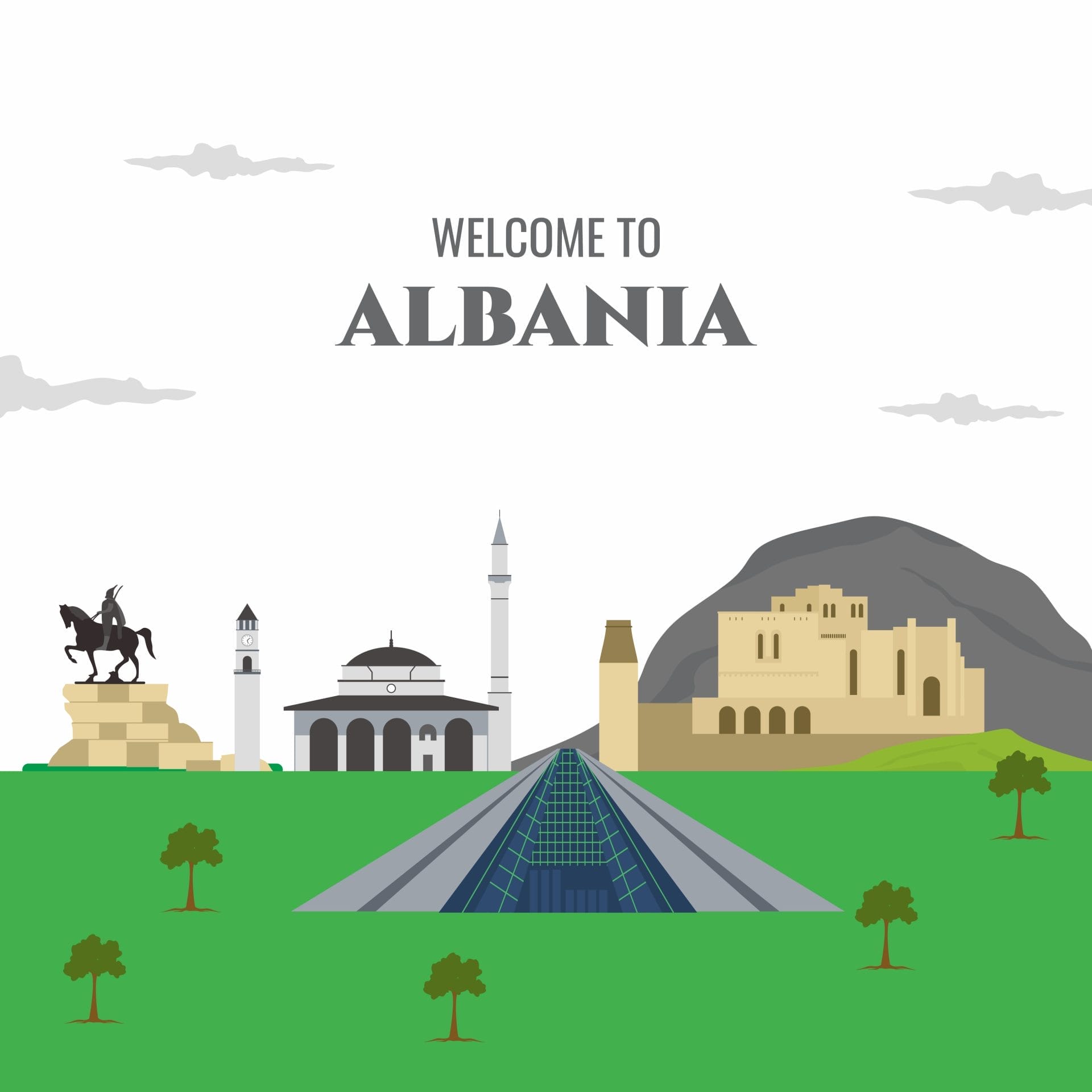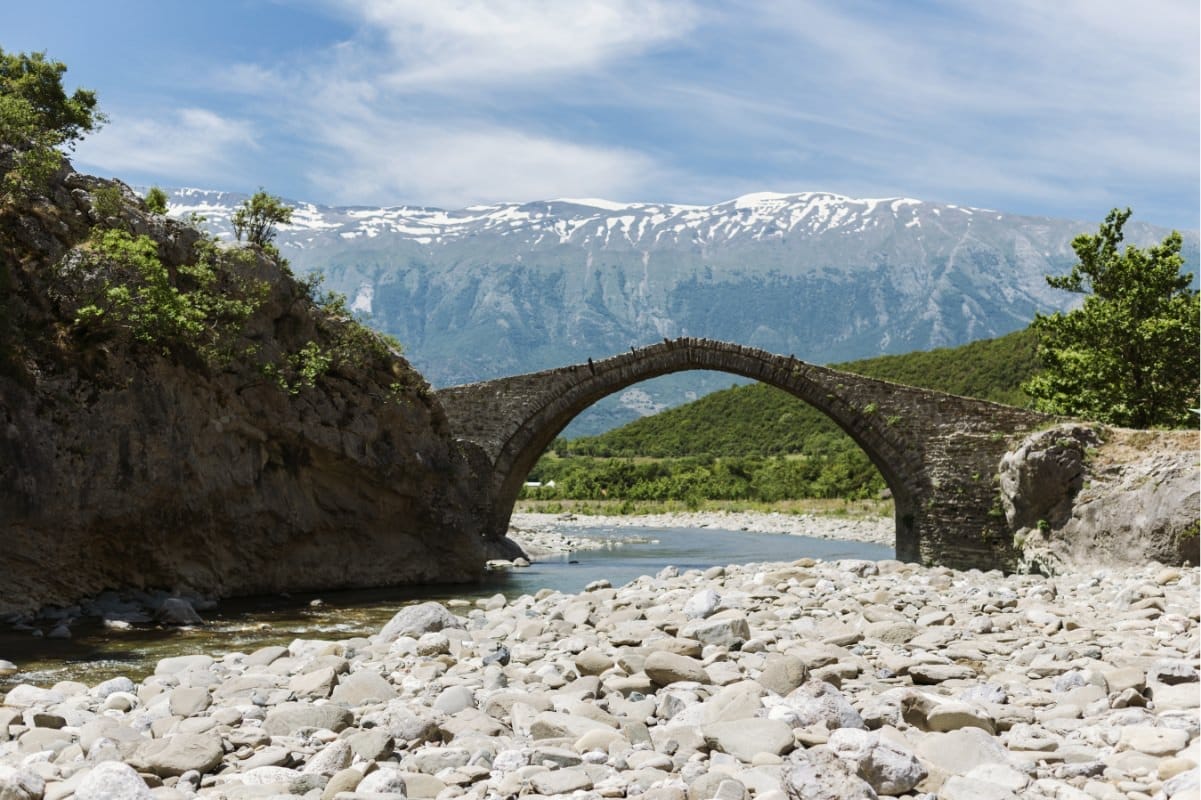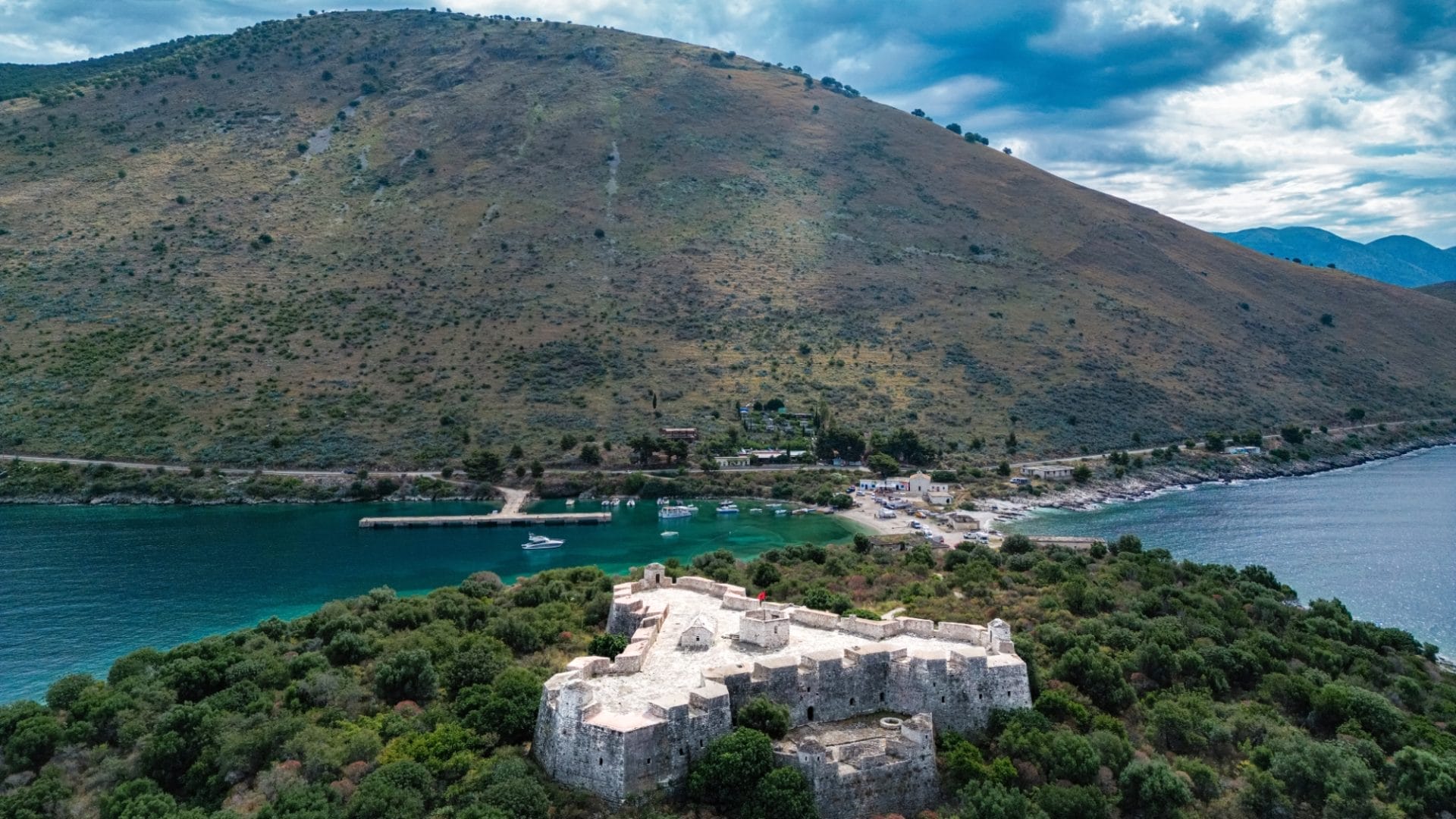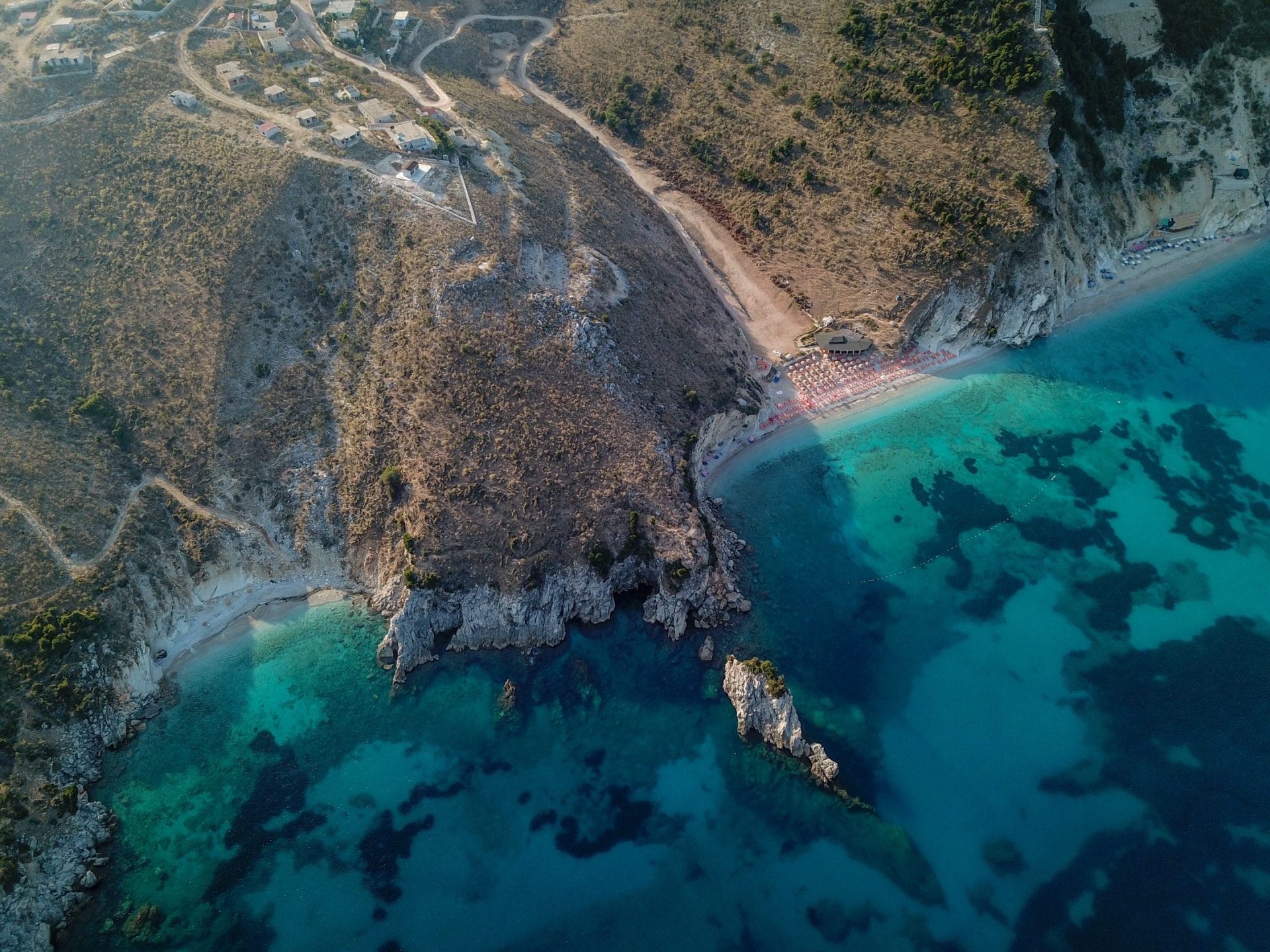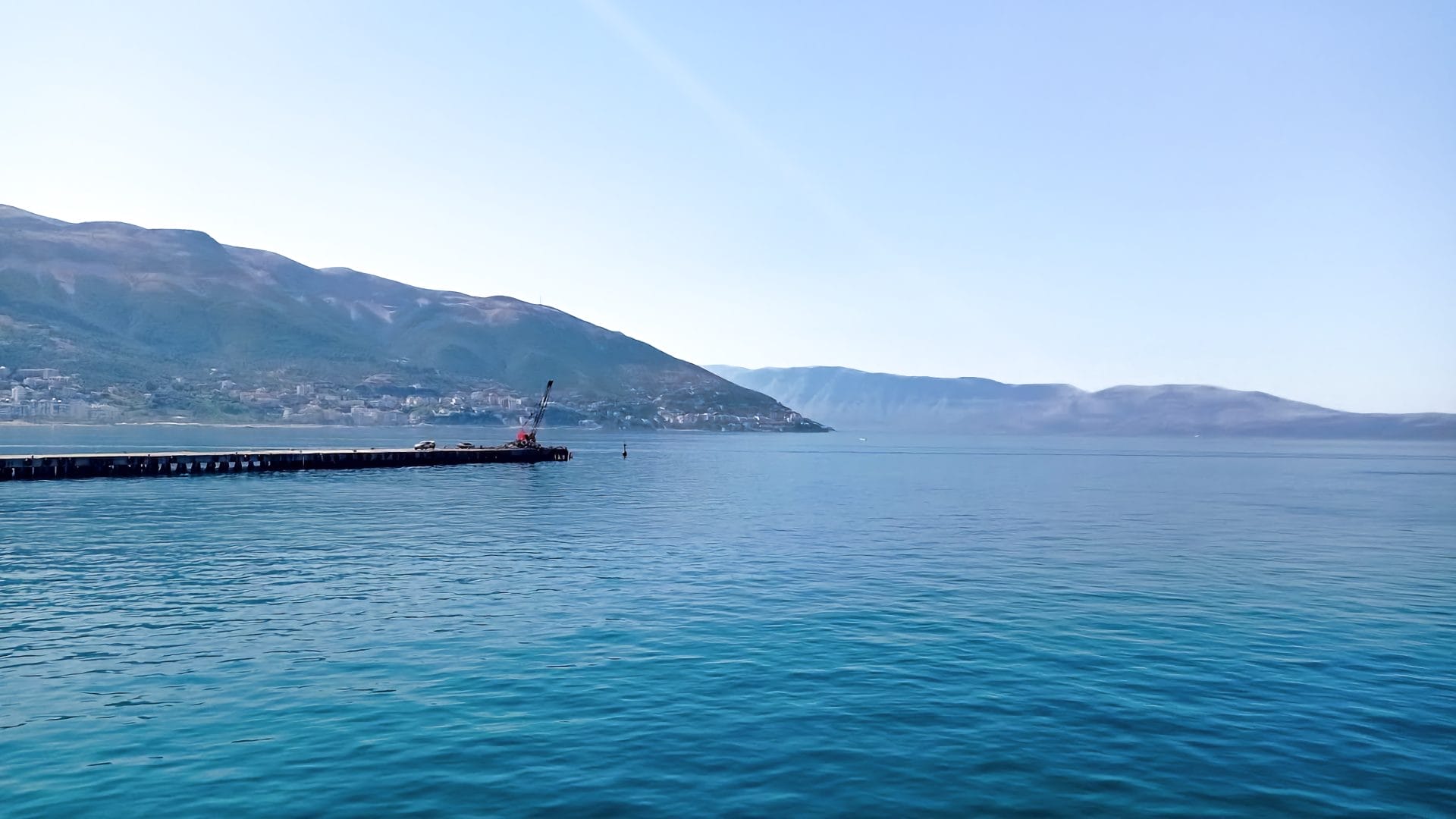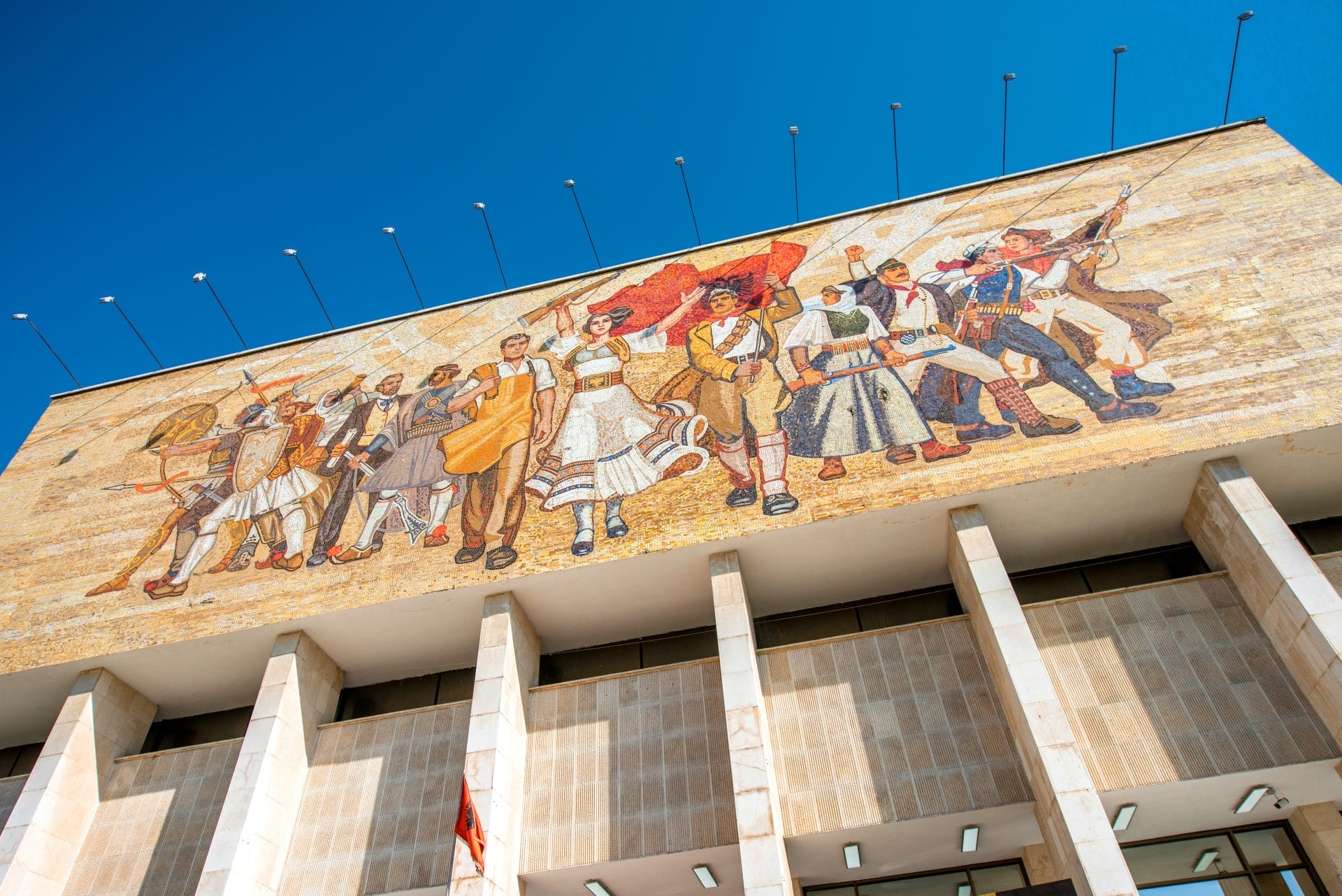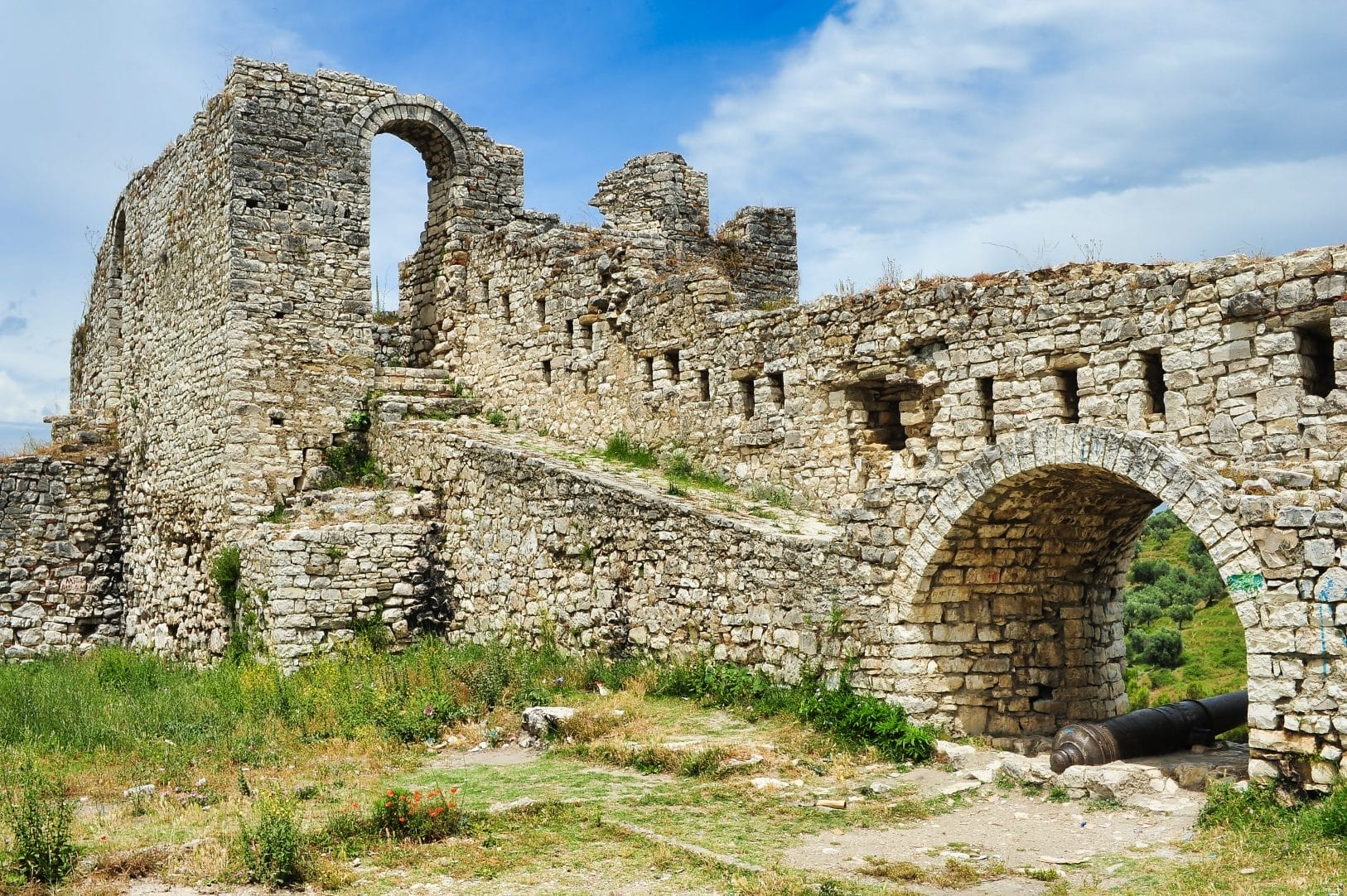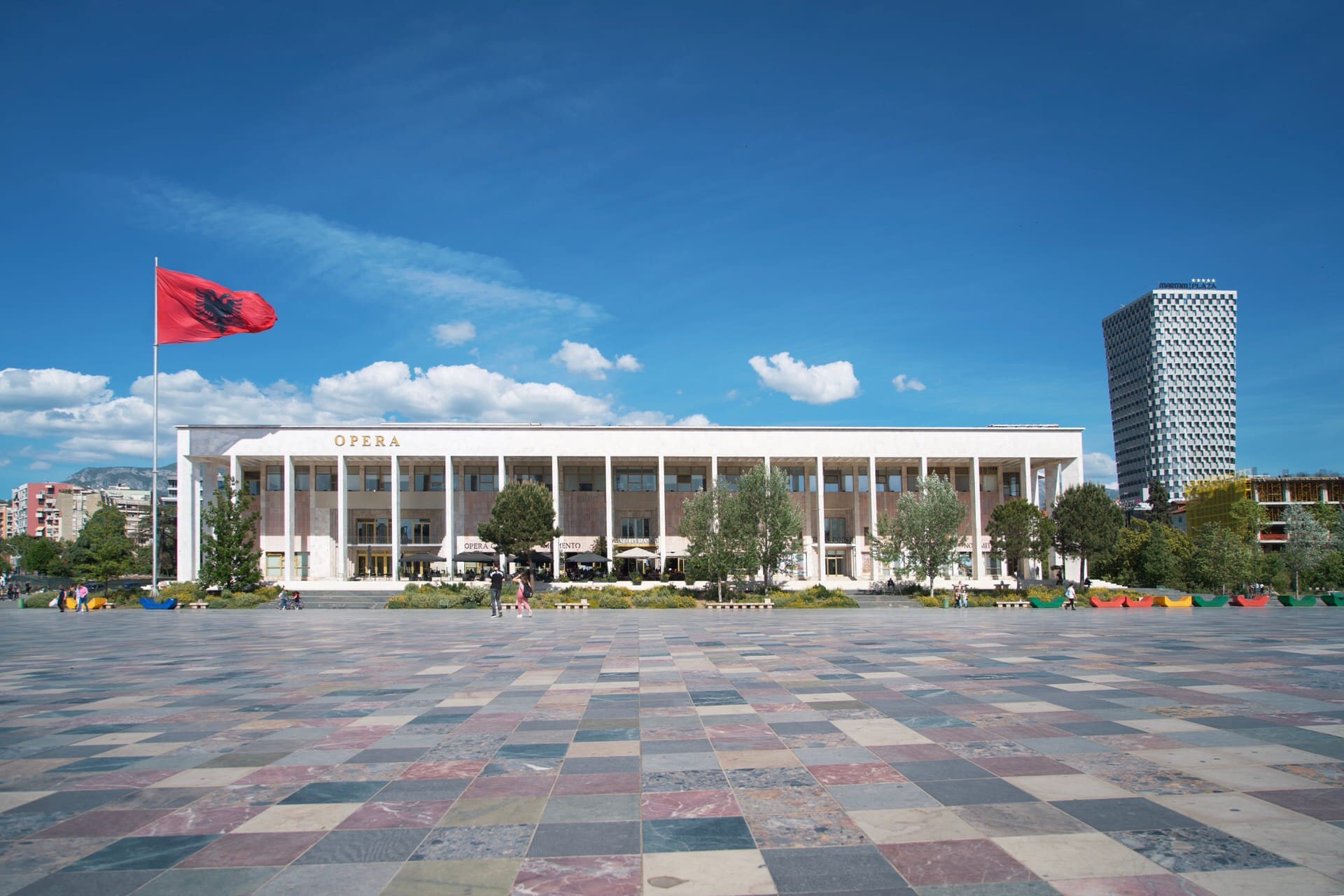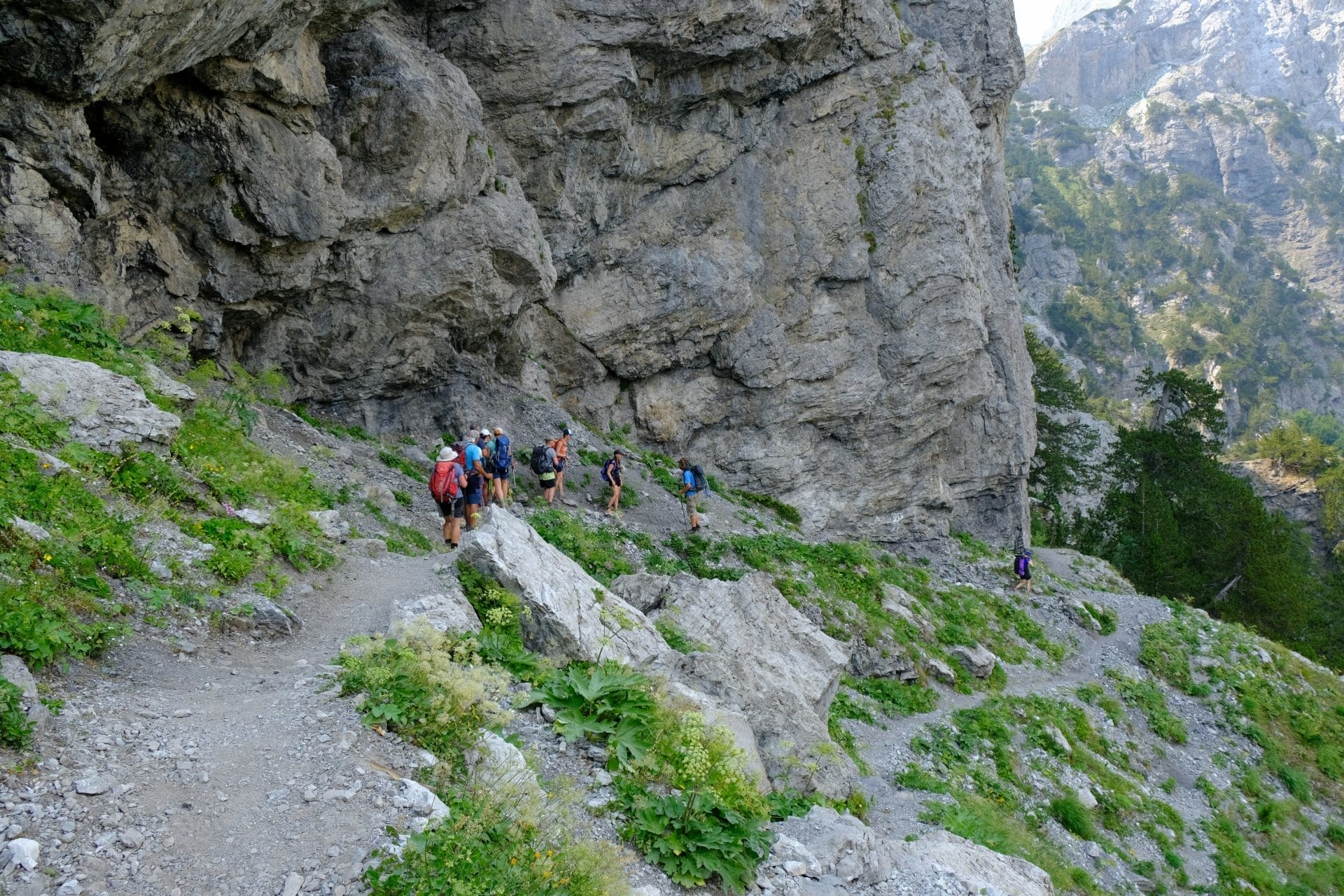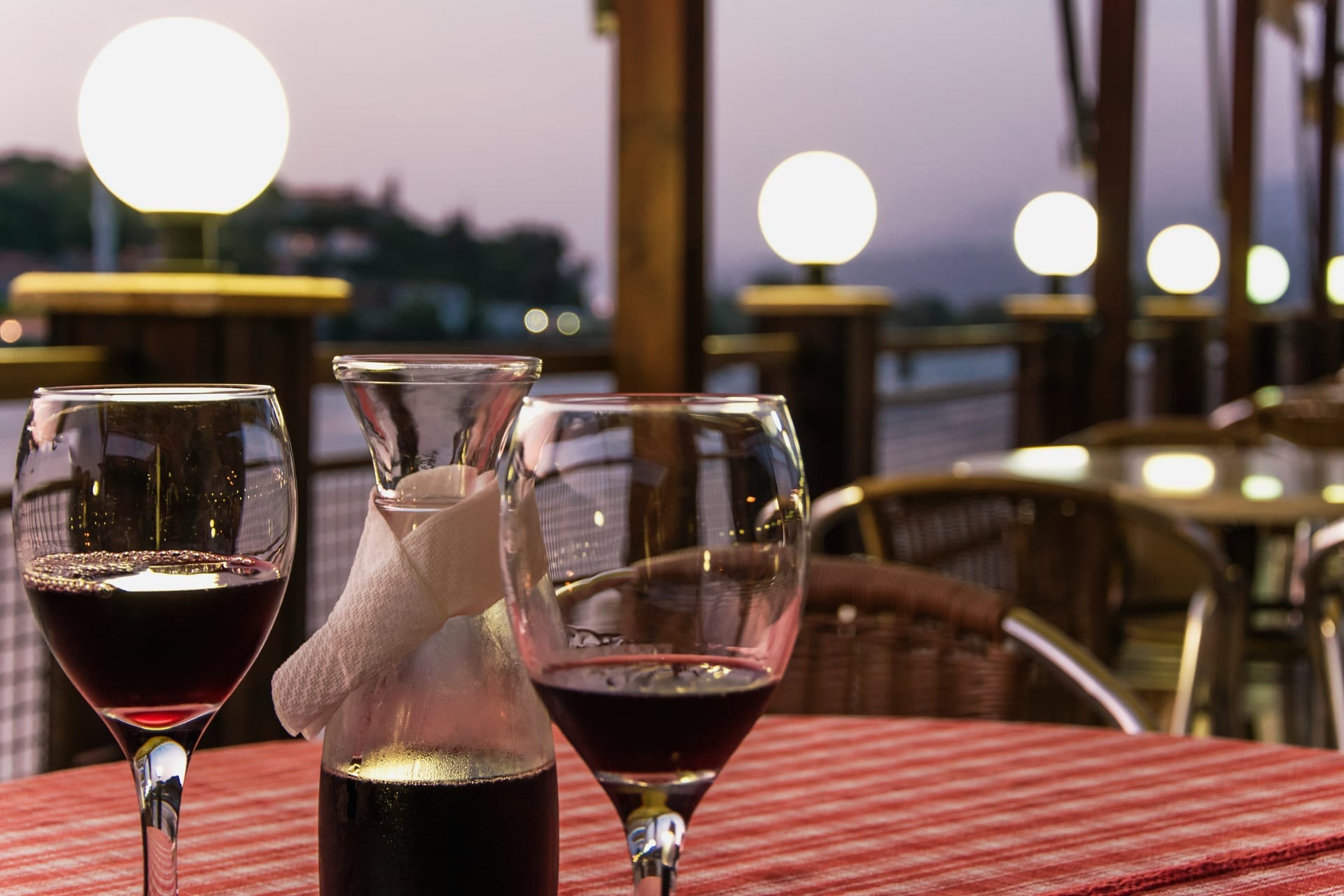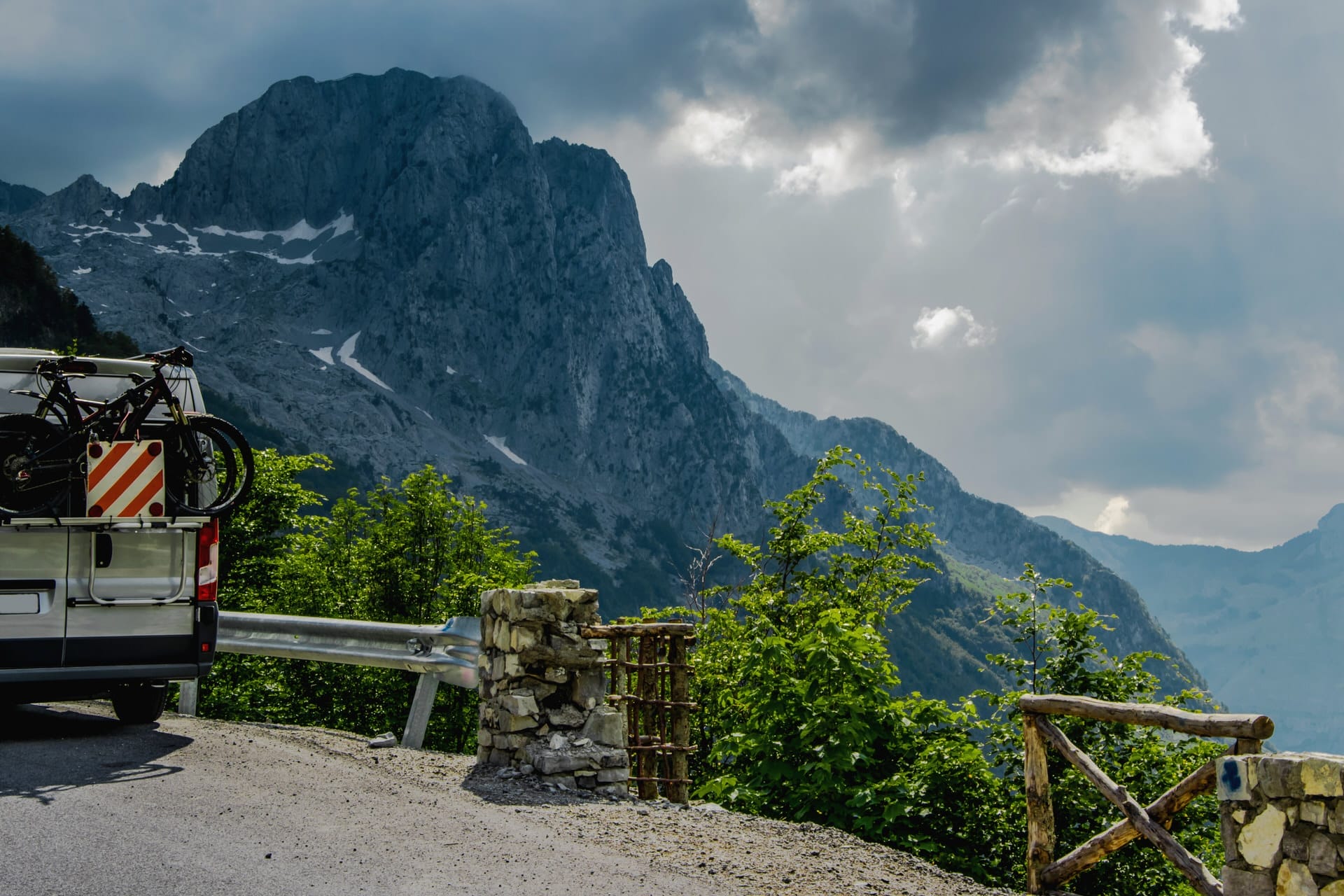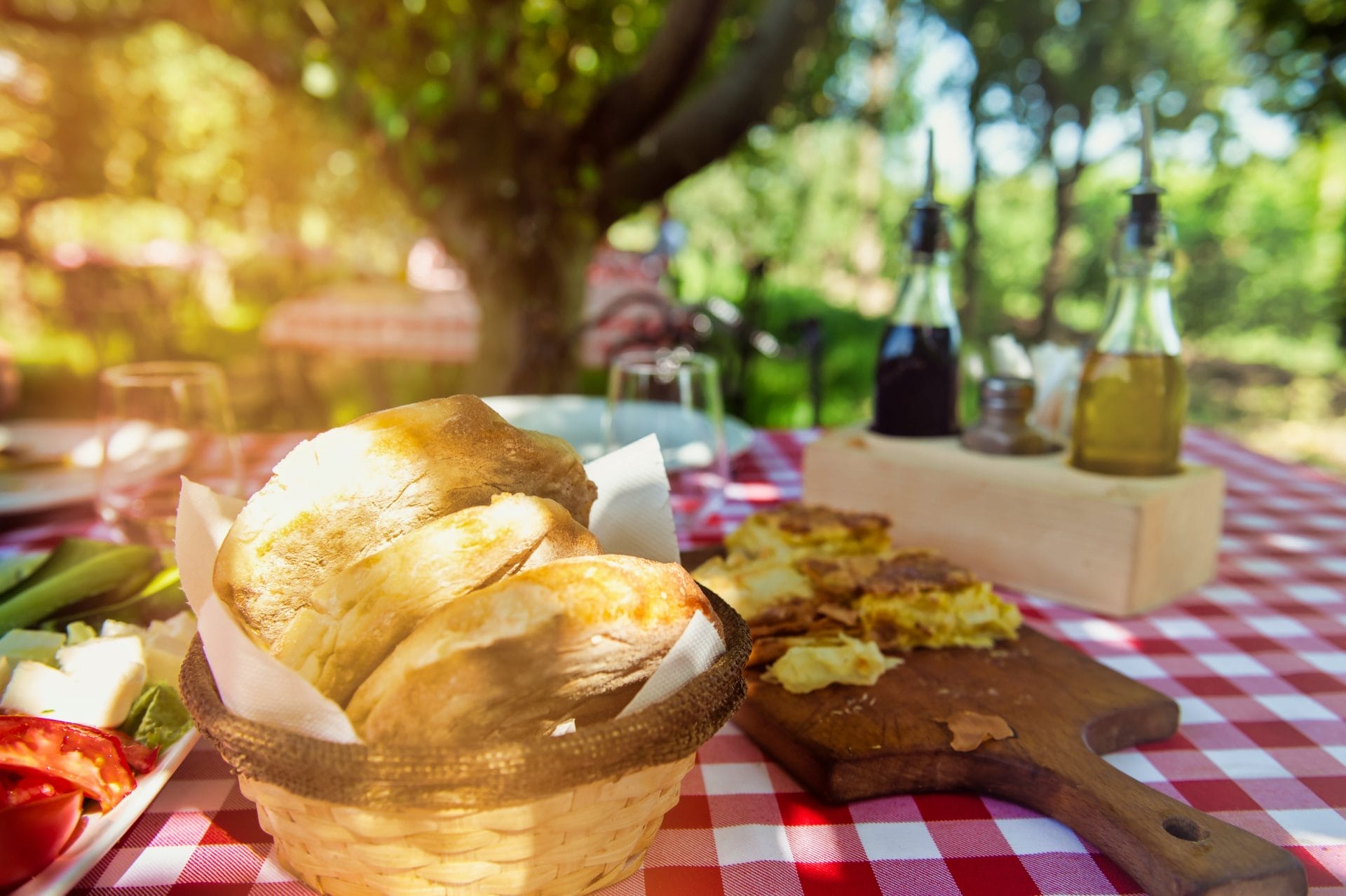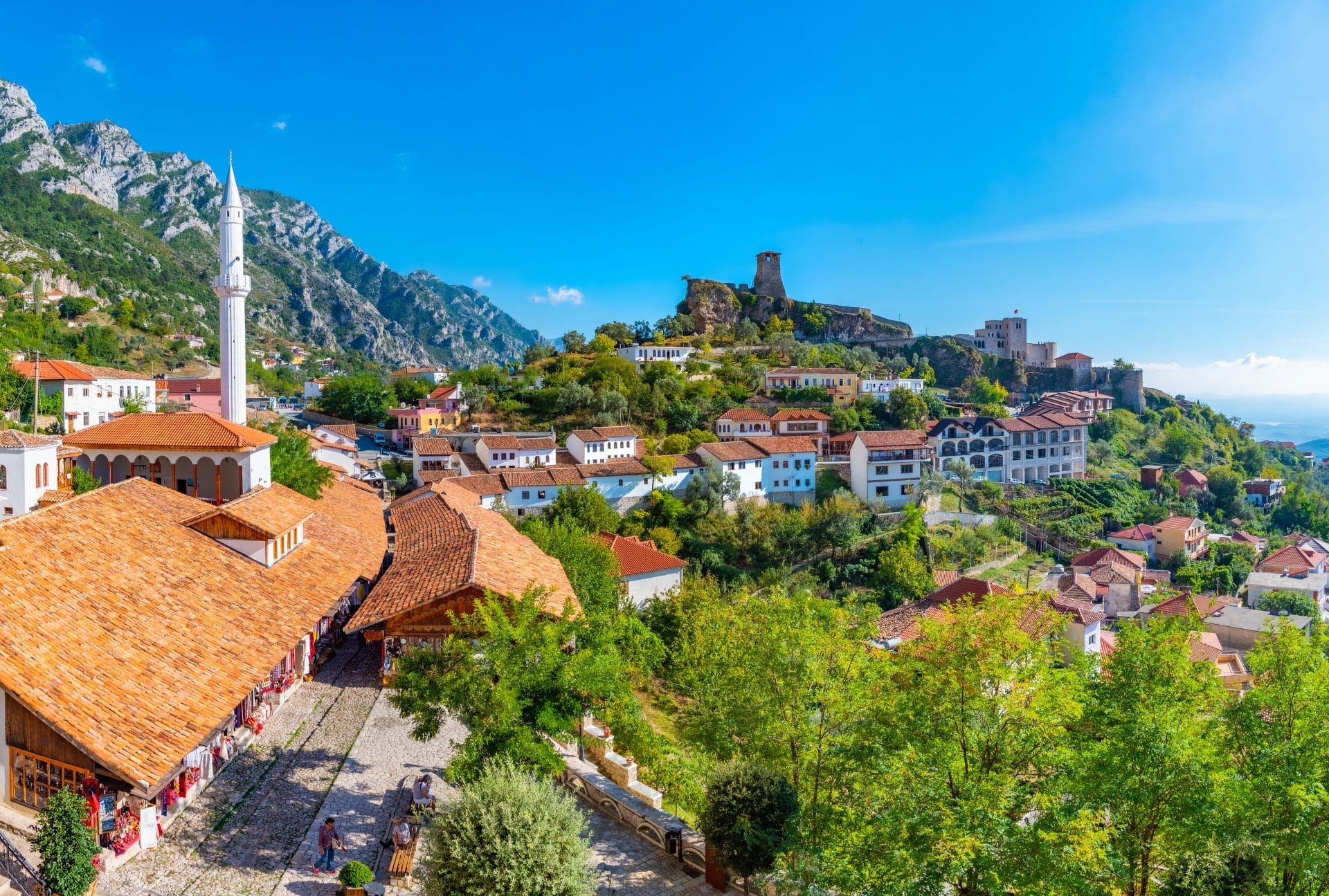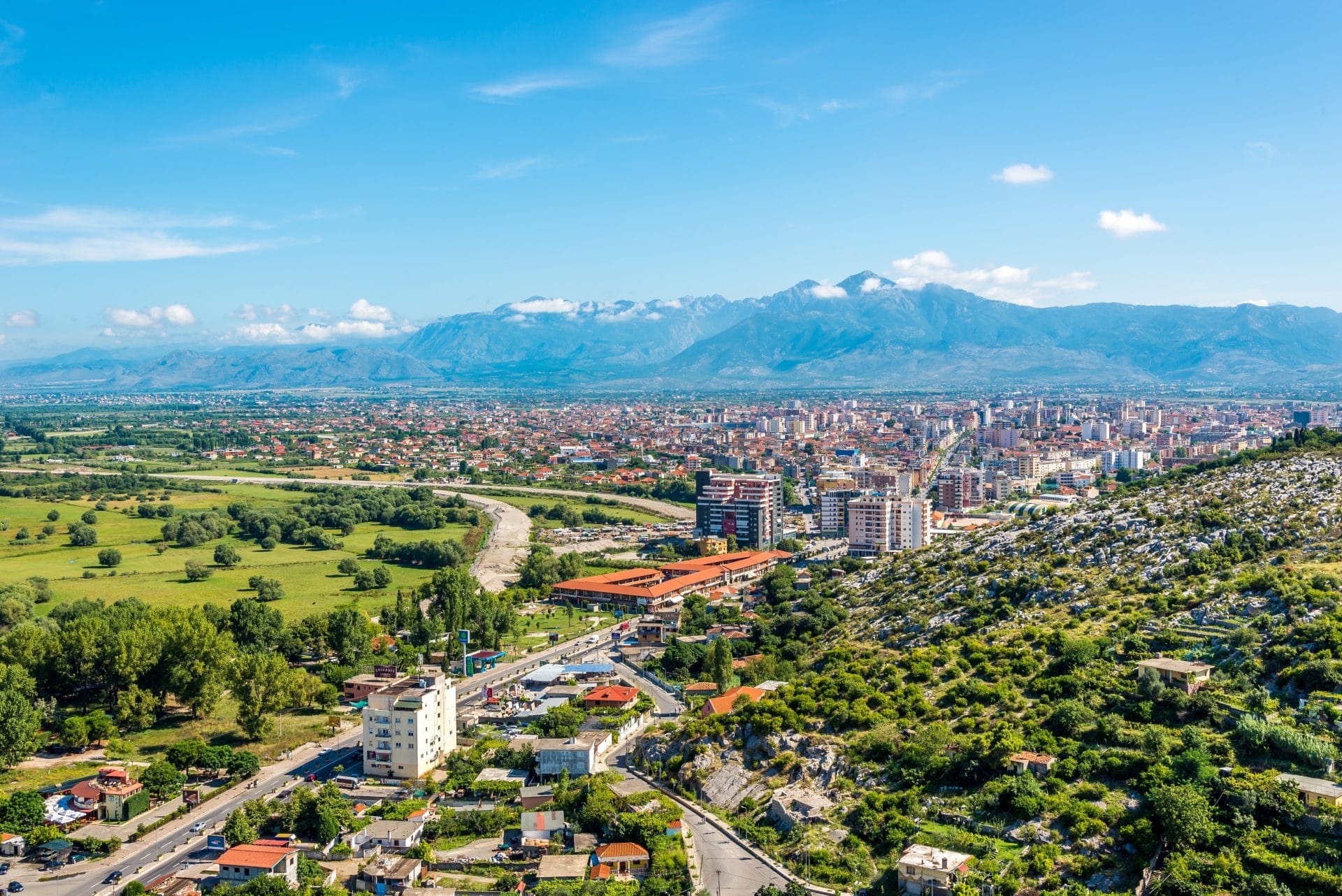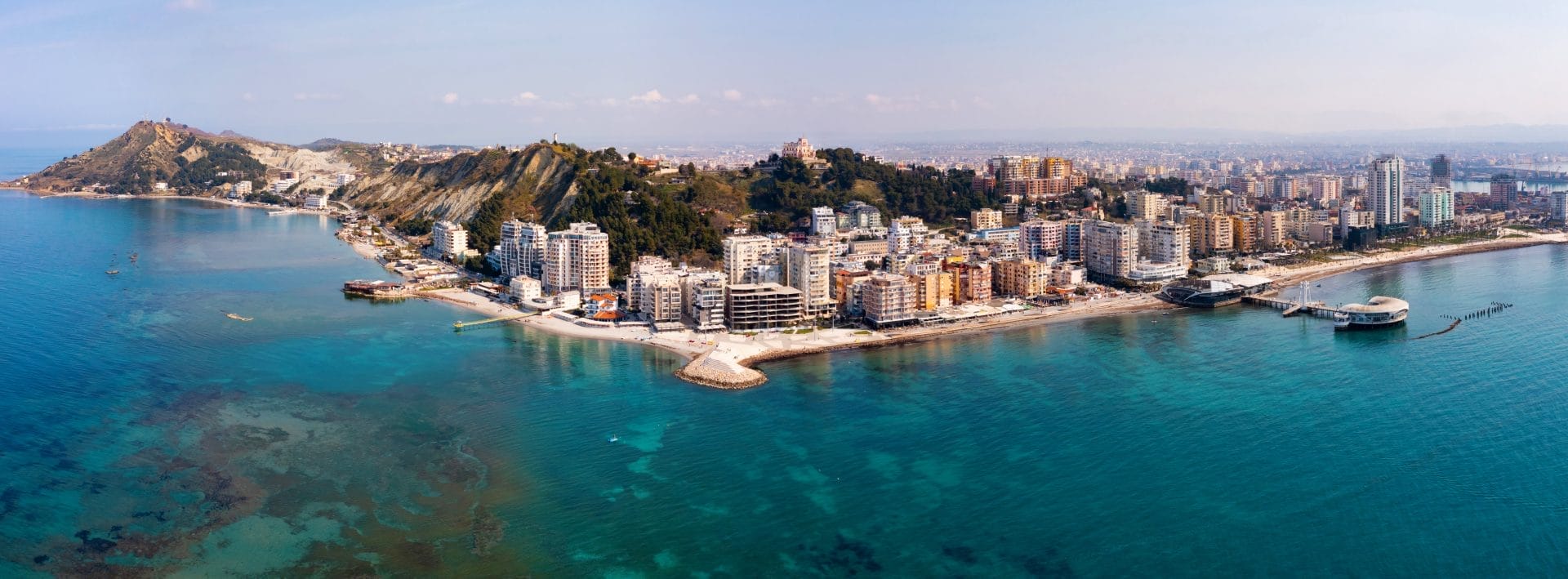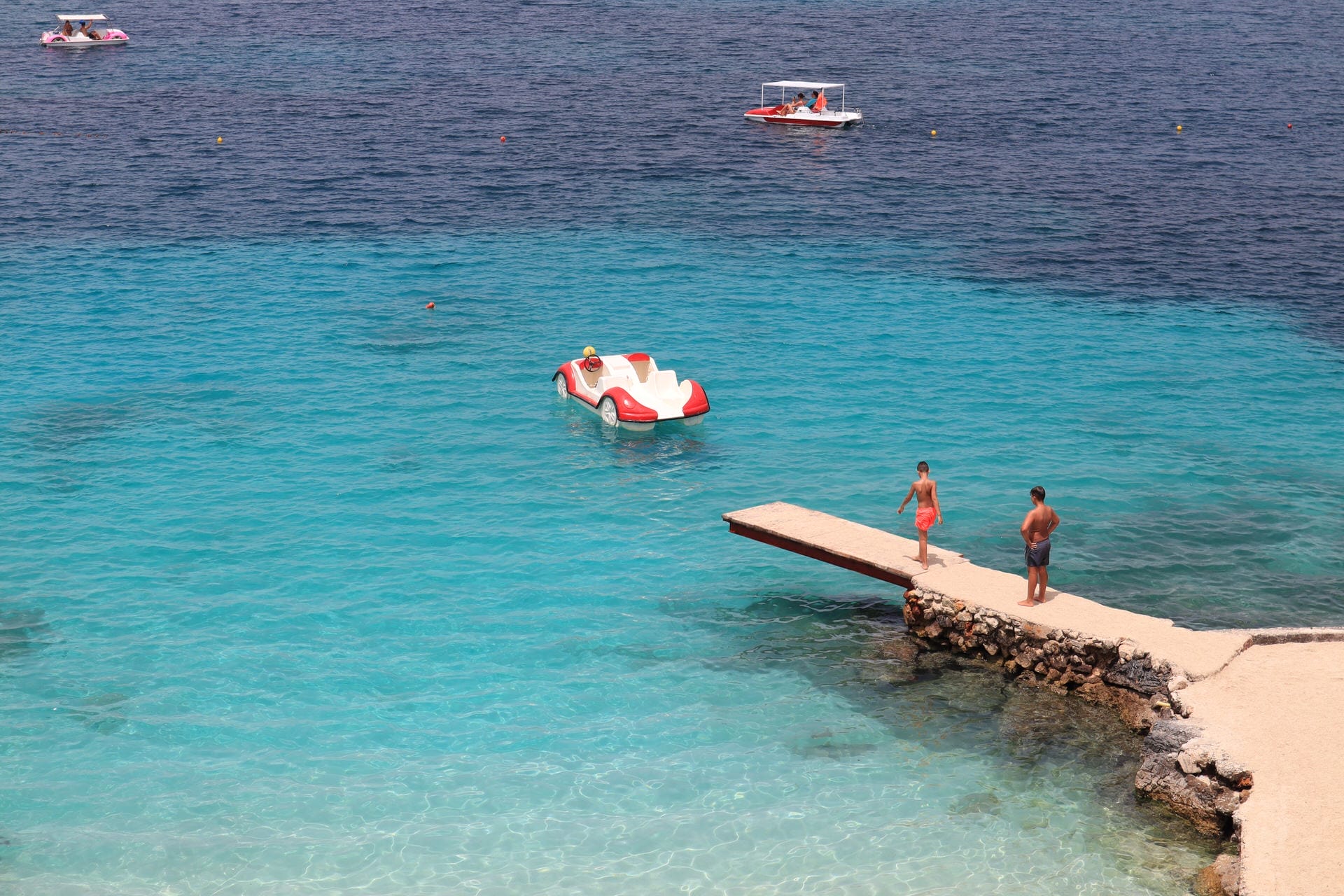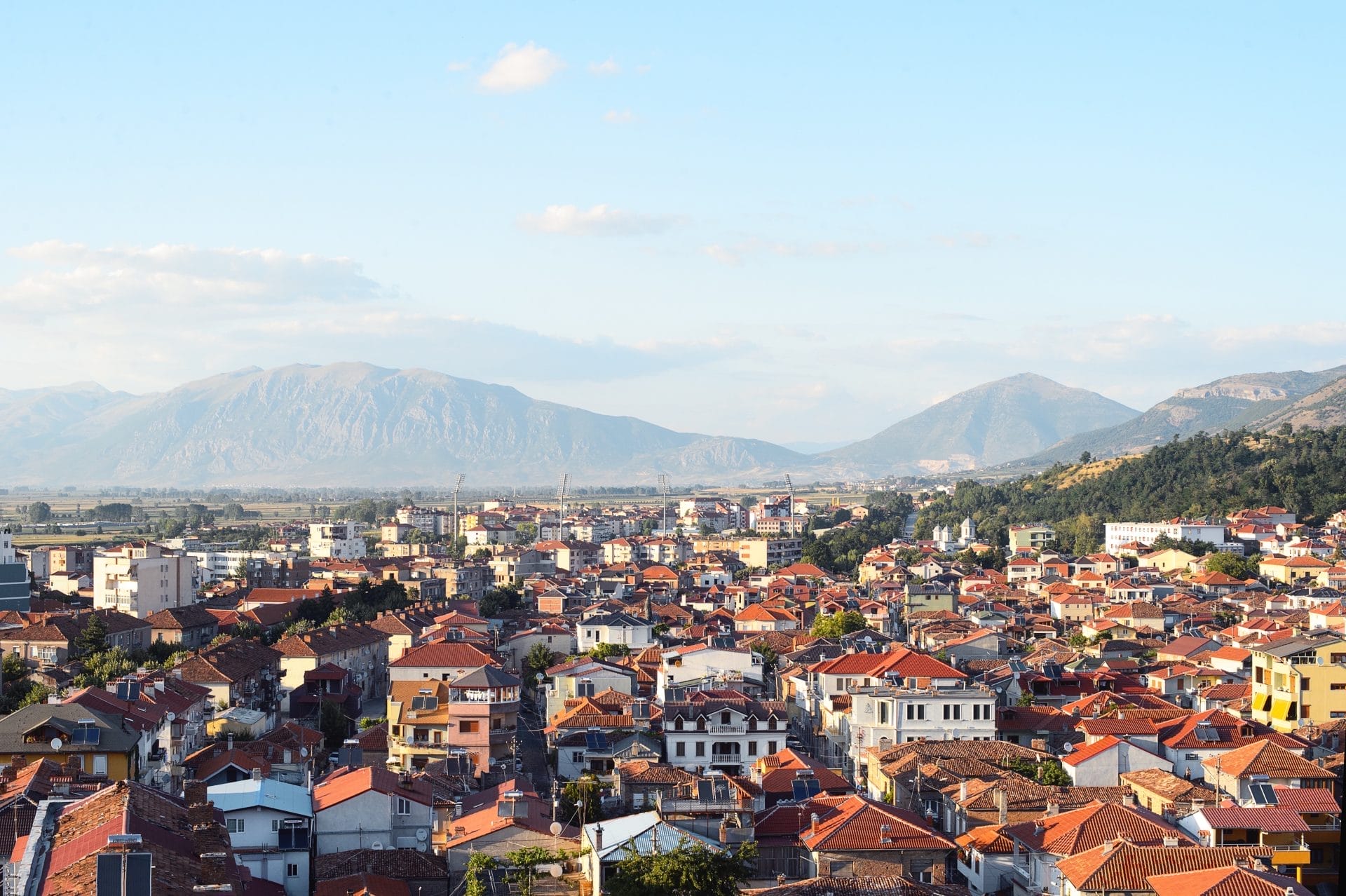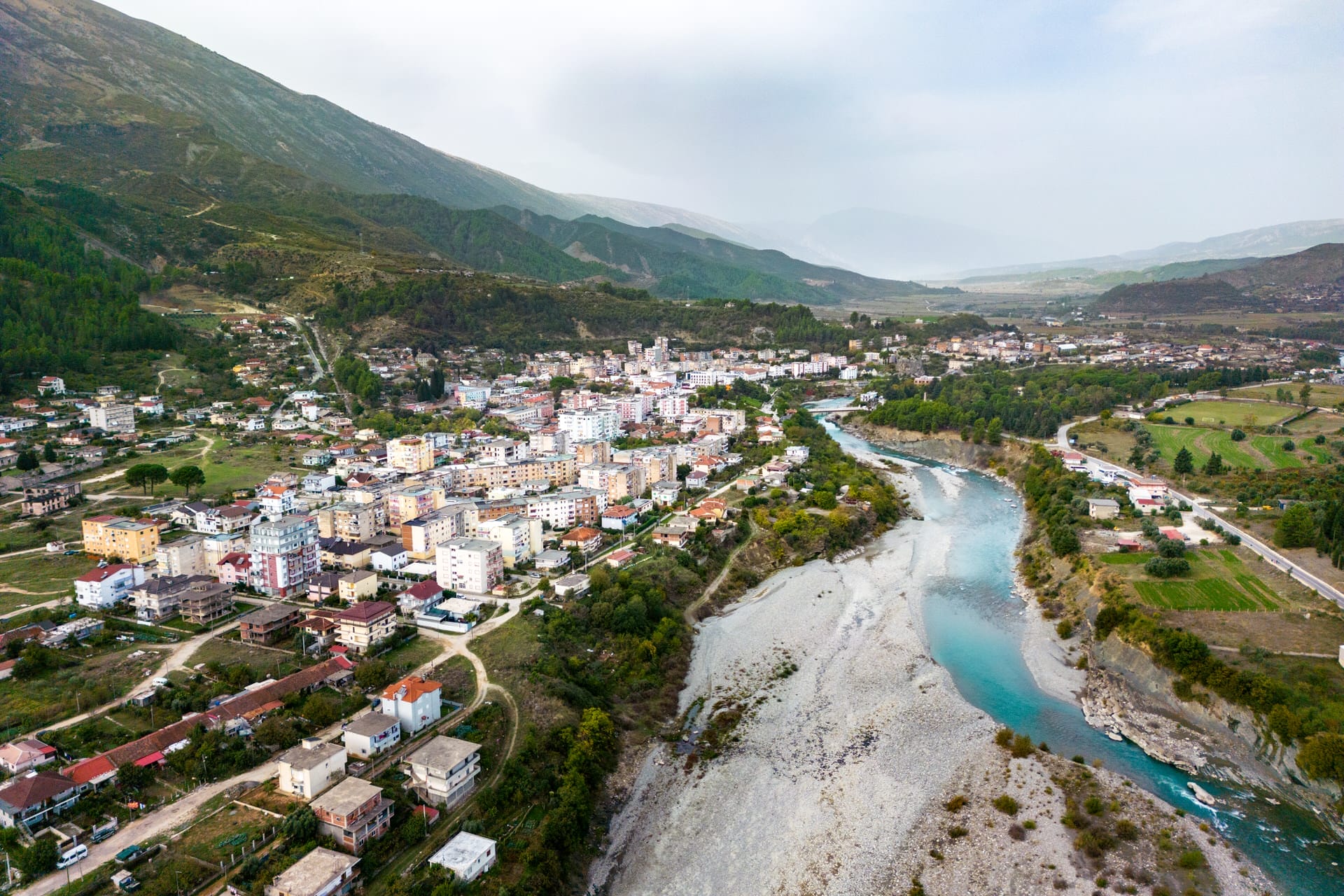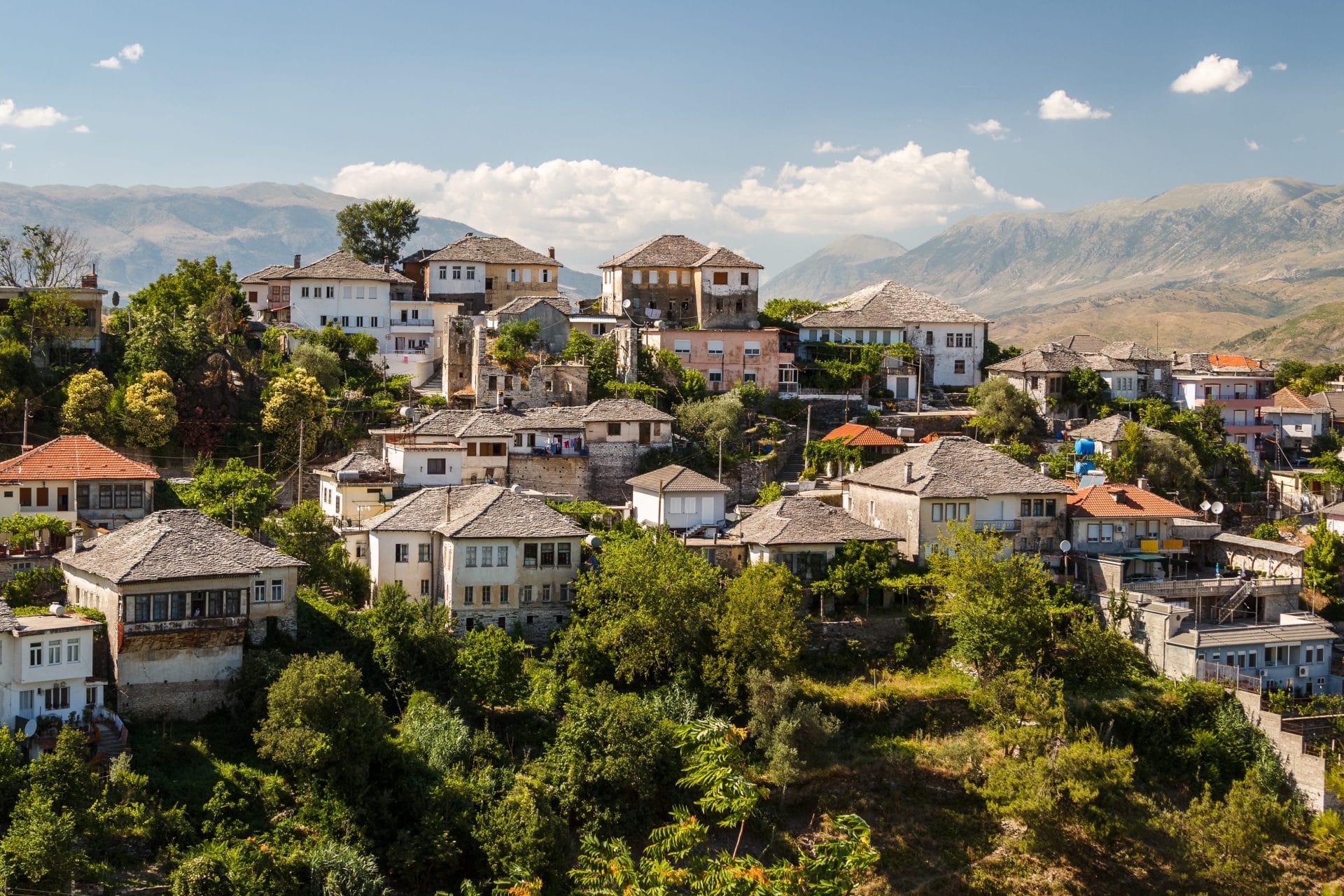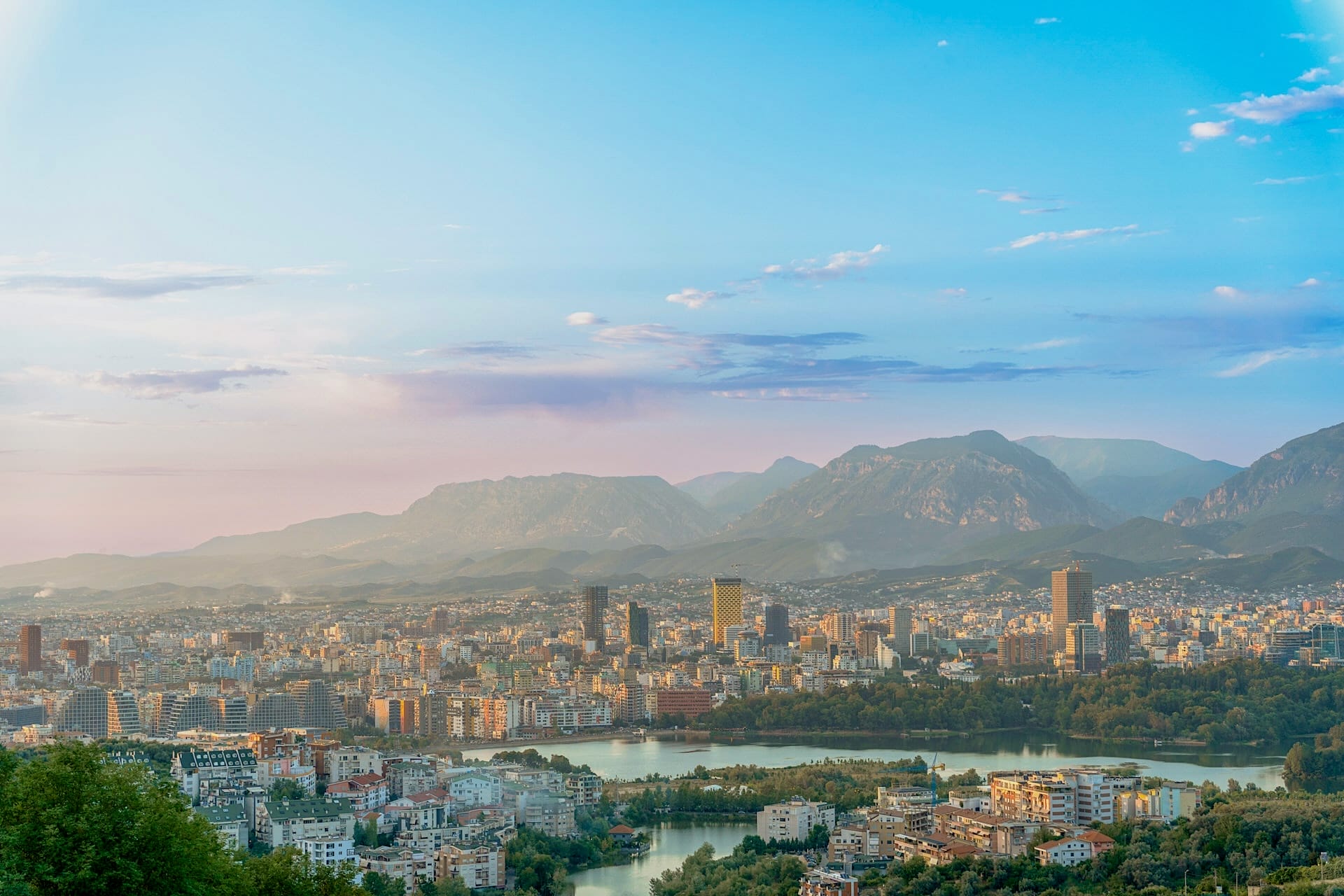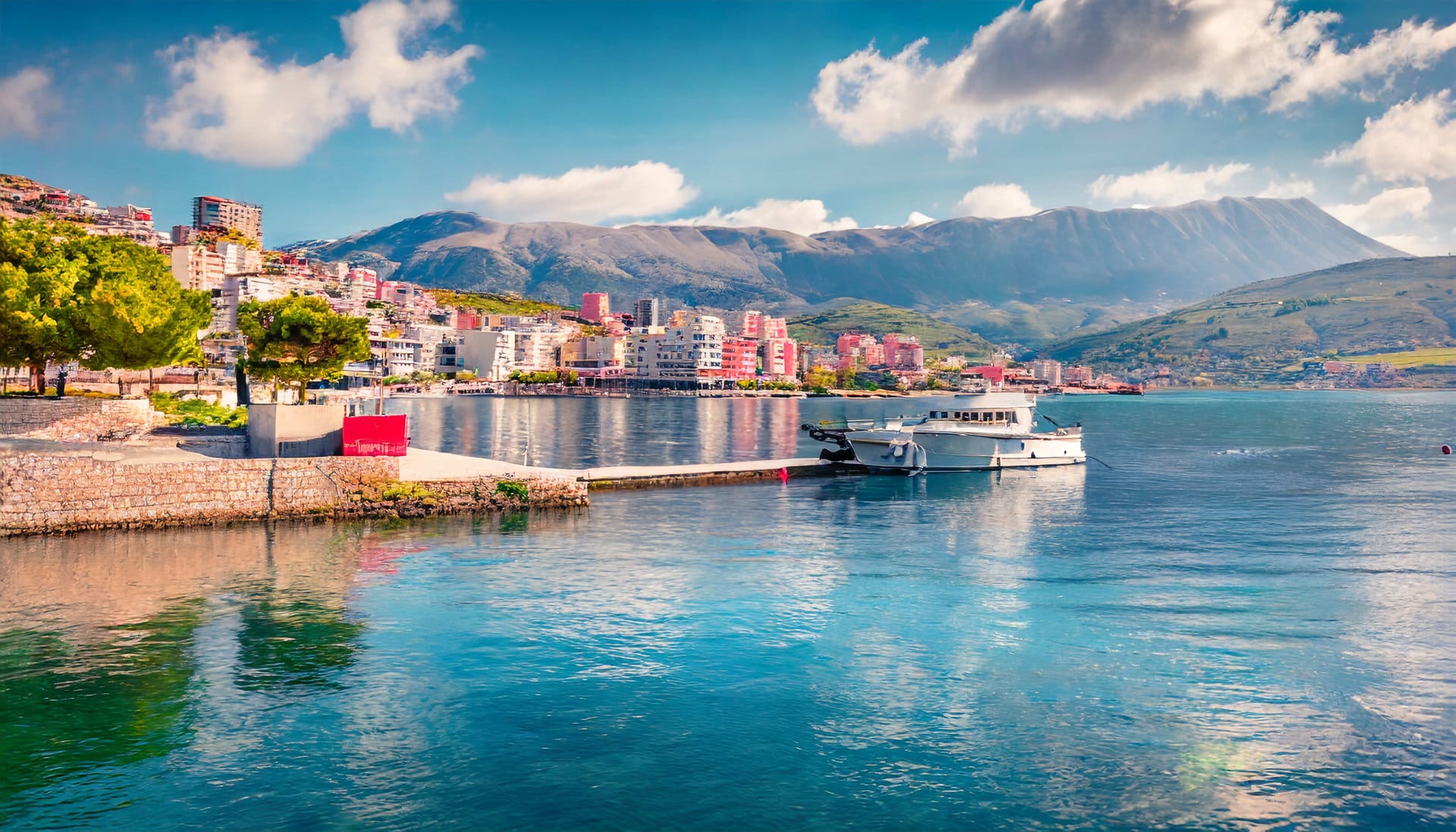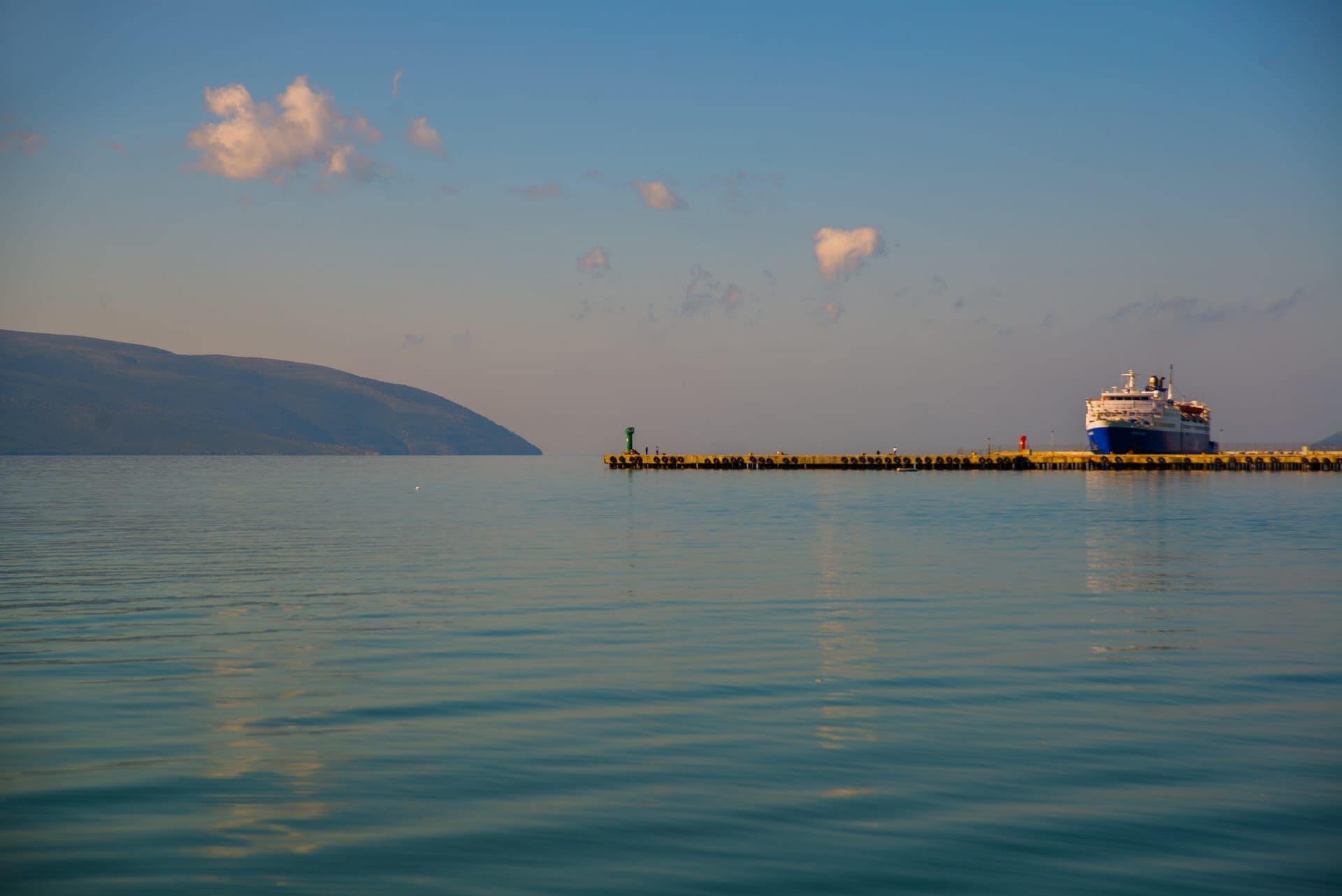
Why Visit Et’hem Bey Mosque
Rising gracefully amid central Tirana’s hybrid of architectural influences sits the historic Et’hem Bey Mosque, an 18th-century icon whose very existence narrates themes of Albanian identity. More than merely Tirana’s most beautiful preserved relic of 500 years of Ottoman rule, this spiritual sanctuary tells of the country’s extraordinary endurance against swirling tides of change through its very structure.
Surrounded by buildings evoking Italianate flair, Austro-Hungarian practicality, and Soviet stoicism, the creamy stone walls of one of Albania’s loveliest houses of Islamic worship relate a profound message of resilience and revival through its recent resurrection from state suppression.
Having endured countless threats of demolition under 20th-century policies antagonistic to religion, today, the fully-restored mosque stands as a living testament to the nation’s hardiness while providing an urban sanctuary nurturing Albania’s long-shattered Islamic lineage. This is the deeper story told through finely carved stone and rapturous frescoes.
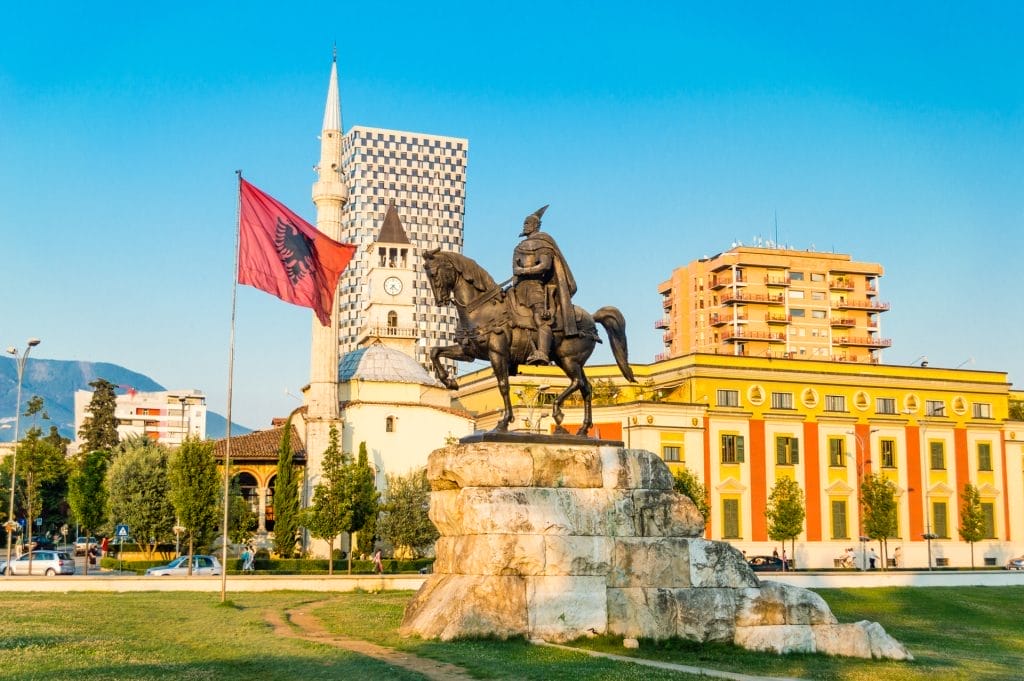
Ottoman Architectural Heritage
The genesis of Et’hem Bey traces to the late 18th-century construction leadership of Tirana governor Molla Bey, who envisioned a monumental mosque complex befitting a prosperous Ottoman capital. Site plans were later executed by Molla’s son, Haxhi Et’hem Bey, following his father’s death, lending the mosque an enduring namesake as stone walls climbed skyward.
True to imperial style, an elegant portico supported by columns surrounds the main prayer hall, topped by an immense central dome without windows, while a cylindrical stone minaret tapers towards the heavens, allowing summons to prayer. Through such a blueprint, the structure channels Istanbul’s 16th-century Süleymaniye Mosque, the seat of Ottoman imperial power and proxy for rule across occupied Albanian lands.
By borrowing the empire’s architectural vocabulary, Et’hem Bey mosque symbolized regional allegiance through bricks overseen by Istanbul’s governor dispatched westward. Yet, the simultaneous incorporation of local motifs through interior detailing allowed the adaptation of imported style towards Albania’s native creative spirit, signaling early national identity.
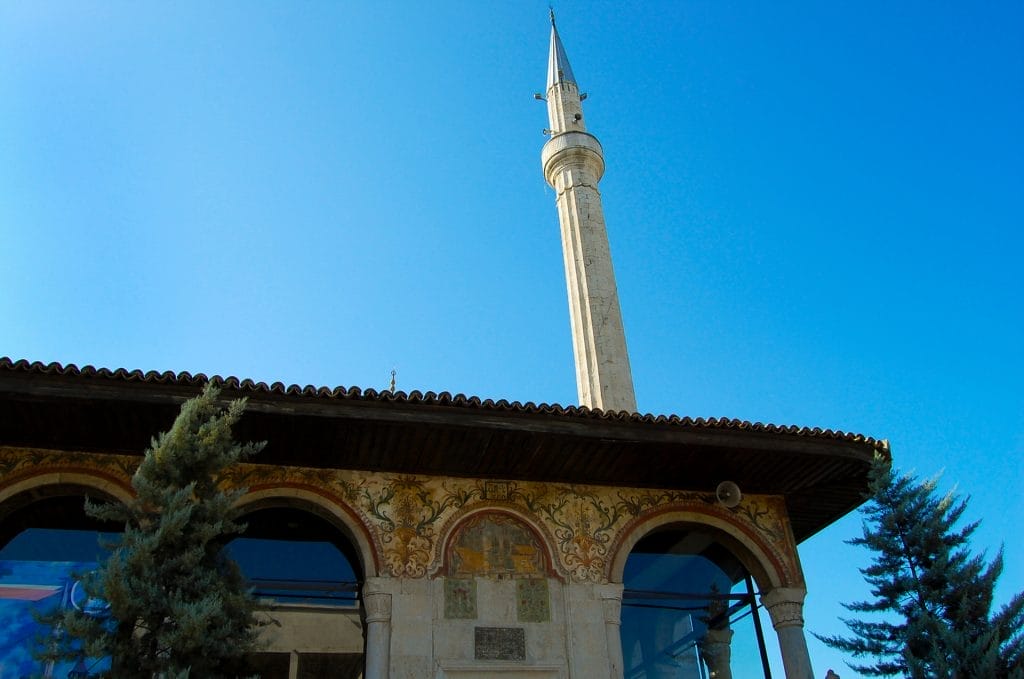
Internal Frescoes as Miniature Landscapes
Foremost among the mosque’s creative flourishes are its rare surviving frescoes depicting imaginative landscapes that defy traditional Islamic interdiction against iconographic depictions of life. Lush scenes ornamenting upper walls portray azure rivers with boats, stone bridges arching over foaming water, and verdant trees sheltering tiny structures reminiscent of bathhouses.
The fanciful works spanning nearly 300 square meters retain stylistic elements of Persian miniature traditions that evolved through the selective execution of spiritual prohibitions against representing human or animal forms. By focusing upon environmental features from an aerial viewpoint, artists conveyed beauty in God’s surroundings rather than his creations. Scholars argue such uniqueness consequently survived purges of figural decoration elsewhere, enabling appreciation today.
Standing as the singular illustrated mosque interior in Albania, the works showcase Tirana’s historic role along prominent Silk Road trade routes where artistic techniques were diffused through exchange between East and West. Surviving earthquakes and dictatorships, these esoteric paintings continue fueling questions regarding Albanian identity seated at the frontier between European society and Islamic administration.

Religious Freedom Amid State Suppression
Equally dramatic as the rare frescoes is the deeper narrative of Et’hem Bey Mosque chronicling Albania’s fitful struggle towards modern religious freedom and tolerant secular society after 500 years steered by Islamic potentates.
Shortly following Albania’s 1912 independence from eroding Ottoman grasp, authorities demolished dozens of mosques nationwide, seen as symbols of former domination. Communist dictator Enver Hoxha intensified suppression after declaring Albania the world’s first atheist state in 1967 by razing hundreds more Muslim houses of worship. Many others were repurposed as warehouses with minarets toppled and frescoes whitewashed, including the dormant yet preserved Et’hem Bey complex.
By 1990, as communist totalitarianism deteriorated amid Soviet reforms, Albanians reignited religious participation through public demonstrations at sites of worship driven underground. When 10,000 citizens converged at Et’hem Bey mosque on January 18, 1991, to openly pray in defiance of Marxist mandates against organized faith, security forces refused orders to disband the crowds.
This symbolic acquiescence of state authority signaled the collapse of institutional controls over personal convictions. The reopening of Et’hem Bey Mosque shortly after that marked a pivotal moment, birthing religious freedom and ideas of identity rooted in choice rather than coercion following decades of imposed ideology. The mosque is now a living monument to this shift’s profundity at Albania’s decisive crossroads towards pluralism.
Revival Through Restoration
Today, the fully refurbished and reopened Et’hem Bey Mosque actively nurtures Tirana’s Islamic community while inviting visitors into Albania’s interwoven religious heritage living through architecture. Far more than a frozen artifact or museum piece, the functioning mosque proffers regular prayer sessions and educational offerings led by resident Imams.
Guided walking tours provide guests context about the site’s immense symbolic legacy spanning artistry, showcasing regional mores, decades of authoritarian oppression, and ultimately, the nation’s resilient revival against all odds to blossom into the religiously tolerant EU aspirant it is today.
By experiencing firsthand this nexus of culture and struggle survivors now maintain through tradition, visitors access amplified insight into the Albania story – one elucidating the fluid nature of identity while honoring heroic efforts by countless citizens across generations to color the country’s future through shades beyond dictatorship’s hollow grey intentions.
The broader neighborhood enhances understanding of Tirana’s interwoven architectural and ideological layers. Et’hem Bey Mosque stands shoulder-to-shoulder with the National History Museum, while socialist government buildings rub against remnants of monarchic and even Fascist rule. The diverse juxtaposition speaks profoundly to Albania’s multi-textured heritage.
Through its bold endurance and elegant revival, Et’hem Bey Mosque reveals national aspirations for freedom and tolerance harbored silently under decades of assault against identity. By experiencing Tirana’s living spirit, tourists access amplified perspectives on the Albania story that Et’hem Bey narrates so poignantly through rare creative relics revived by respect and resilience. This graceful yet steadfast jewel makes an essential first stop for those seeking to grasp Albania’s complex heart.



